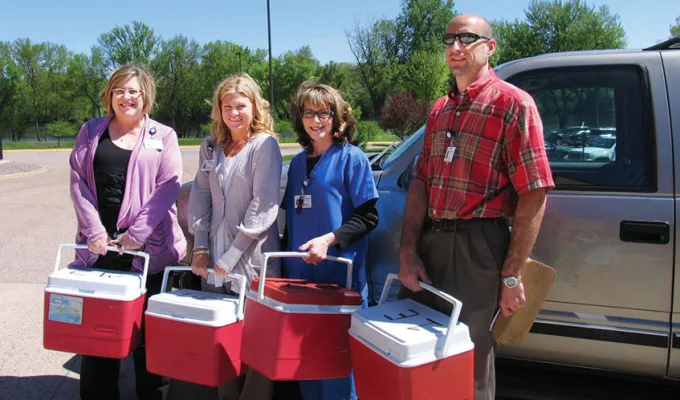Minnesota Compass contributes to Minnesota's shared well-being by:
-
Providing credible, easy-to-access data
-
Tracking trends and measuring progress
-
Improving understanding to make data-informed decisions

Compass user stories
Learn how people use our data



